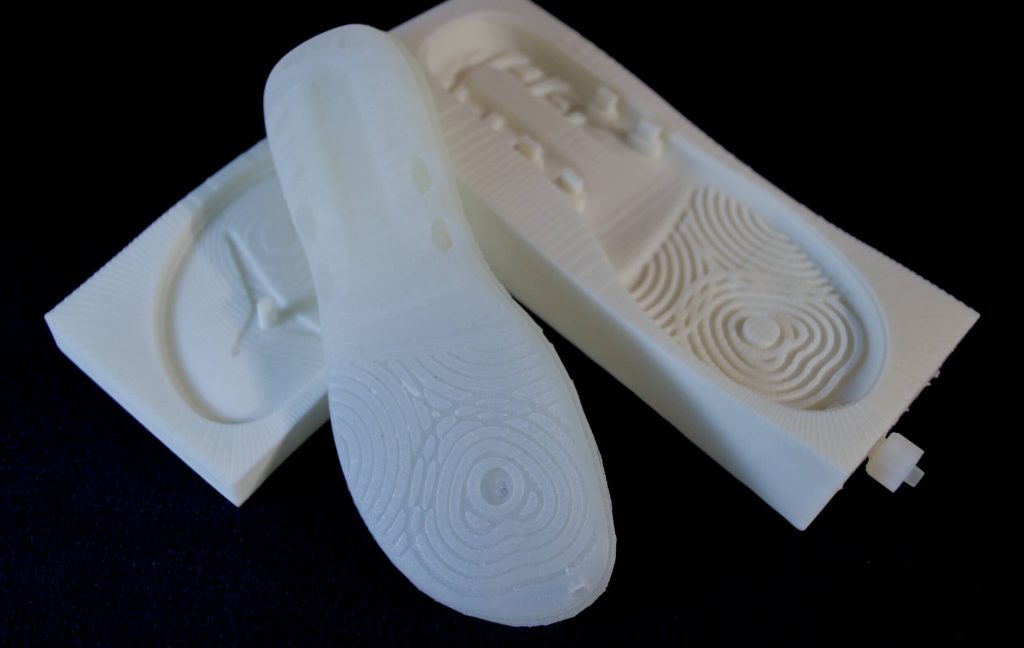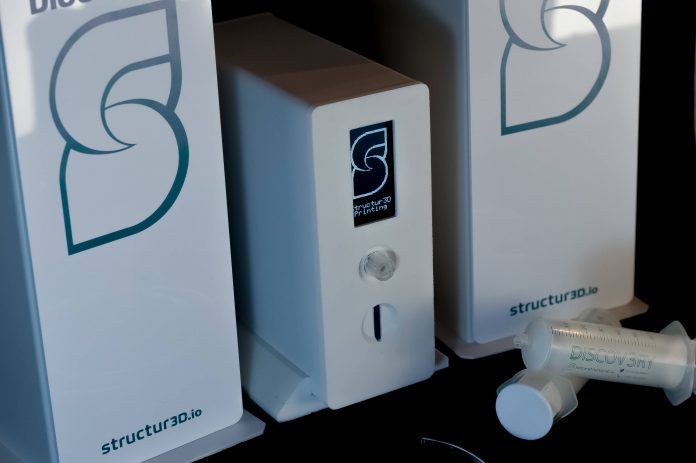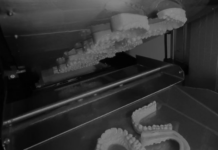Structur3d, a leader in additive manufacturing for soft materials, announces the availability of the Inj3ctor Platform, a new desktop approach for injection molding rubber parts.
The company is advancing and solidifying 3D printing’s role within industrial manufacturing by expanding its material capabilities to create new products with factory-grade rubber materials, like silicones and polyurethanes.
The Inj3ctor combines the principles of injection molding with 3D printing. Using 3D-printed molds, the Inj3ctor uses curated material cartridges to mix and inject 2-component (2K) flexible materials into the molds, enabling turnkey, small-batch manufacturing of rubber materials.
This overcomes challenges manufacturing has faced as it seeks to embrace 3D printing. Currently, 3D printed rubbers fail to meet necessary manufacturing standards, which has held the rubbers industry back in some regard from finding a seat at the table in advanced manufacturing. The Inj3ctor platform brings desktop injection and 3D printing together to deliver a feasible solution for manufacturing functional parts. This approach, combined with the professional quality materials, means the models are viable for every step of manufacturing, from prototyping to production.
The approach also reduces the cost and procurement risks for manufacturing rubber parts.

“As a team of scientists and chemical engineers, we took a materials approach to 3D printing technology and expanded the printers’ material capabilities beyond standard plastics,” says Charles Mire, CEO and co-founder of Structur3d. “Our Inj3ctor platform spotlights our shift to industrial manufacturing markets and demonstrates how additive manufacturing can lead the way toward the factory of the future. The technology opens the door for product developers and manufacturers to accelerate research and prototyping while reducing risk in supply chain procurement and manufacturing.”
Product developers can design a detailed mold using standard CAD software and 3D print it with standard, durable or dissolvable plastic. Then users choose from tens of thousands of liquid rubber materials, customizing it based on desired durability, flexibility, and cure time. After programming the mixing ratio and injection volume, the Inj3ctor fills in the mold, creating a custom, flexible product.
The first batch of Structur3d’s new Inj3ctor platform for desktop injection molding is preparing for shipment in Q4 2020 to industry 4.0 manufacturers. The Inj3ctor Platform Bundle includes the Inj3ctor, an Ultimaker S5 3D printer, materials for both, and additional accessories and support.

















































